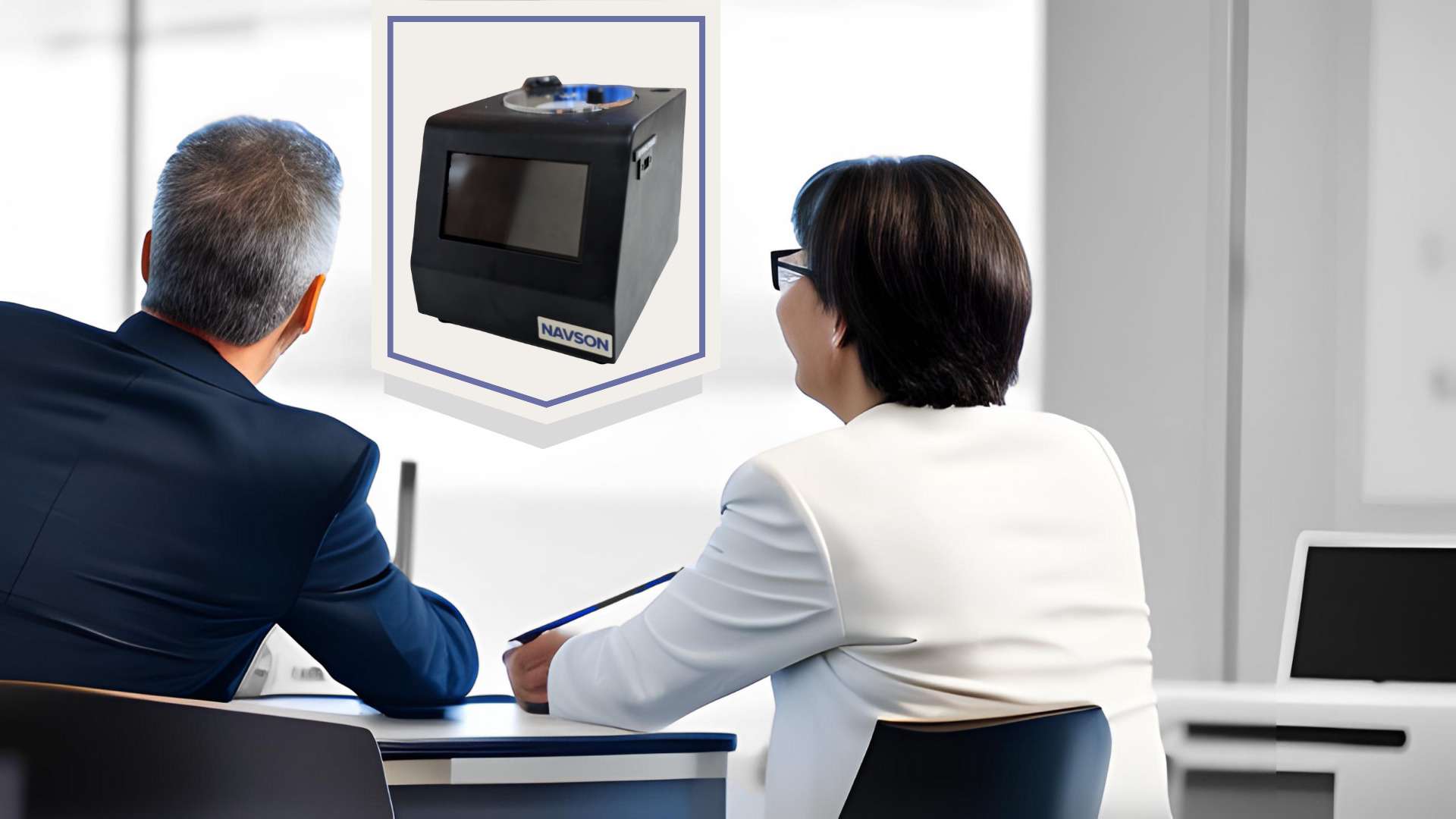How to Optimize Your Spin Coating Process for Better Film Quality
We recently assisted a researcher who was having trouble getting their spin coating method to produce the appropriate film quality. We determined that the spin coater they were employing was inappropriate for their particular application after examining their current set-up. As spin coater manufacturers, we recognize the importance of producing high-quality spin-coated films for scientific research. So we engaged with this researcher and discussed the many spin coaters in the market and assisted him in selecting the NT12000 that offered the necessary degree of control and precision. Additionally, we made sure the substrate size and material were compatible with the spin coater. Based on this experience, we are sharing below some advice on how to streamline your spin coating procedure for higher thin film quality.
Did you know that the spin coating method was initially created in the 1960s for the semiconductor industry? For microfabrication, it was used to coat silicon wafers with photoresist.
Tip For Best Outcome From The Spin Coating Method
Select the Proper Spin Coater (tip #1)
First and foremost, it’s important to pick the appropriate spin coater for your unique application. There are many types of spin coaters in the market, each with unique features and specs. We advise choosing a spin coater that offers the necessary degree of precision and control to produce the optimum film thickness.
Utilize High-Quality Substrates (tip #2)
Second, it’s crucial to choose top-notch substrates. It is crucial to employ clean, defect-free substrates since the quality of the substrate can impact the quality of the spin-coated films. To guarantee strong adherence and homogeneity of the film, it is also essential to prepare the substrate surface properly.
The spin coating approach can be employed for the effective deposition of nanoparticles on substrates, according to a recent study that was published in the journal Scientific Reports. The spin coating method produced more consistent, dense, and well-covered films than the Langmuir-Blodgett deposition method, according to the study.
Optimize the Spin Coating Parameters (tip #3)
Third, getting improved film quality requires optimizing the spin coating parameters. To get the appropriate film thickness and shape, you can change the rotation’s speed and spin time. We advise selecting the rotational speed that will completely cover the substrate surface and produce the desired layer thickness. To guarantee consistency of the film, the spinning time should also be optimized.
Utilize the Proper Solution Viscosity (tip #4)
Fourth, the quality of the spin-coated films might be affected by using the proper solution viscosity. We advise picking a solution with the right viscosity so that the substrate surface can be effectively wetted and spread. By including solvents or other chemicals in the solution, the viscosity can be changed.
| Level of Control/Precision | Features |
|---|---|
| Basic | Single speed control, manual dispensing of solution, fixed rotation direction, fixed acceleration and deceleration rates |
| Intermediate | Multiple speed control, programmable dispensing of solution, reversible rotation direction, adjustable acceleration and deceleration rates, adjustable spin time and delay time |
| Advanced | Variable speed control, motorized dispensing of solution, reversible and variable rotation direction, customizable acceleration and deceleration rates, customizable spin time and delay time, real-time monitoring and feedback control of rotation speed, solution flow rate, and temperature |
As a result of its variable speed control, motorized solution dispensing, reversible and variable rotation direction, adjustable acceleration and deceleration rates, adjustable spin time and delay time, and real-time monitoring and feedback control of rotation speed, solution flow rate, and temperature, the Navson NT12000 spin coater offers the advanced levels of control and precision required in today’s labs.

For Spin Coating Applications
In conclusion, improving your spin coating procedure is essential to producing spin-coated films in scientific research that are of a high calibre. You may improve the film quality and increase the functionality of your devices by choosing the best spin coater, employing premium substrates, optimising the spin coating settings, and using the proper solution viscosity.
We hope that these pointers would be helpful to research researchers looking to optimize their spin coating process as we are product experts in spin coating machines.
